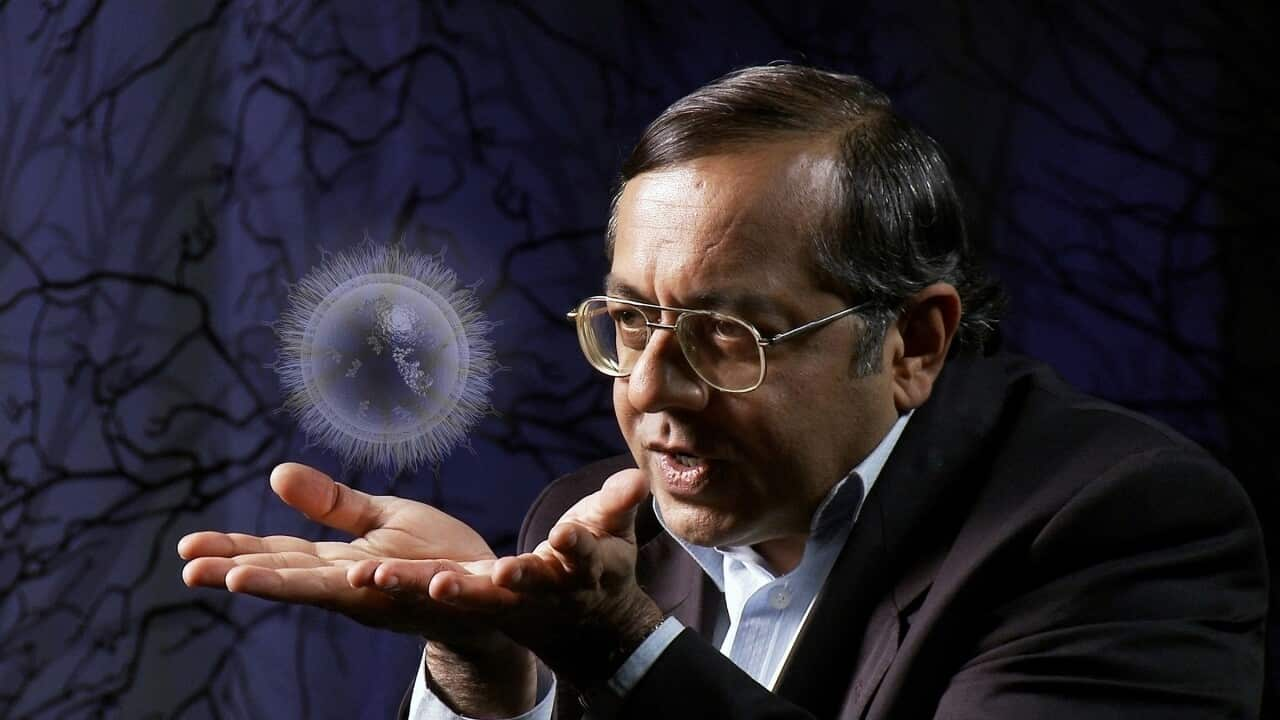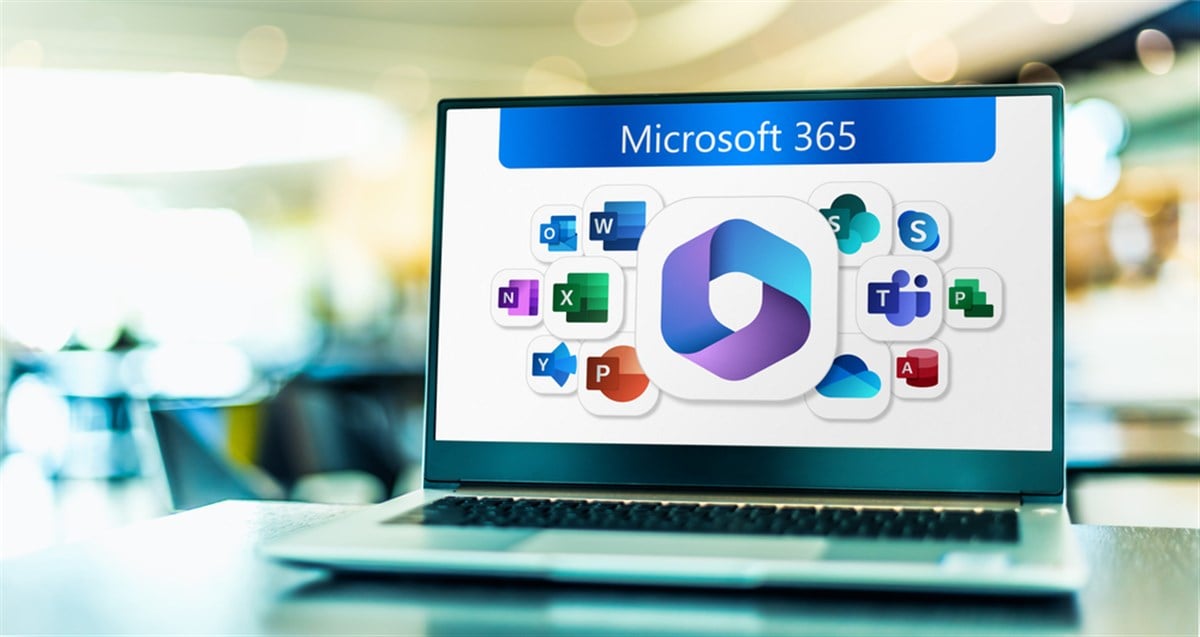YouTube's Shocking Auto-Dubbing Feature: Are You Ready for Lip-Synced Content in Your Language?

Imagine watching videos from your favorite creators, but this time, they’re speaking your language—perfectly synced with their lips moving just right! YouTube is pushing the boundaries of its auto-dubbing feature, and it’s about to change how we consume content online forever.
YouTube is not just another platform; it’s a global community where languages fly across borders. Thanks to their new AI-driven auto-dubbing feature, users can soon enjoy content in a language they understand, all while the creators’ lip movements match perfectly with the translated audio. Sounds like a scene from a sci-fi movie, right? But it’s happening now!
Buddhika Kottahachchi, YouTube’s Product Lead for Autodubbing, explains that the tech team has had to innovate significantly. “We needed to modify the pixels on the screen to match the translated speech,” he remarks. This involved analyzing facial movements, lip shapes, and even posture, creating a comprehensive tool that’s more precise than ever.
Currently in its testing phase, the feature is optimized for Full HD videos. If you’re thinking about watching in 4K, you might want to hold off—at least for now. YouTube teased this groundbreaking addition at a September event, but they haven’t yet revealed a launch date.
Right now, the early version supports translations in major languages like English, French, German, Spanish, and Portuguese. But the ultimate goal is ambitious: providing lip-syncing across all languages available through YouTube’s auto-dubbing feature—think Bengali, Hindi, Japanese, and more. There’s a whole world of content waiting to be explored in your language!
However, there’s a catch. This feature is still in the early testing phase, accessible only to a select group of creators. Kottahachchi hints it might eventually be a paid feature to help creators tap into new markets. “We want to understand the compute constraints and the quality before going broad,” he states.
Transparency is also a priority for YouTube. The platform plans to introduce disclosures indicating when content has been altered or synthetically created, allowing audiences to know when they’re seeing lip-synced translations. This disclosure will be available in the description box, although it’s not confirmed if it will appear on screen.
Since launching AI auto-dubbing last December, the feature has rapidly gained traction, with over 60 million videos utilizing it by the end of August 2025. This might just be the beginning of a new era of content creation where barriers of language will become less significant.
















